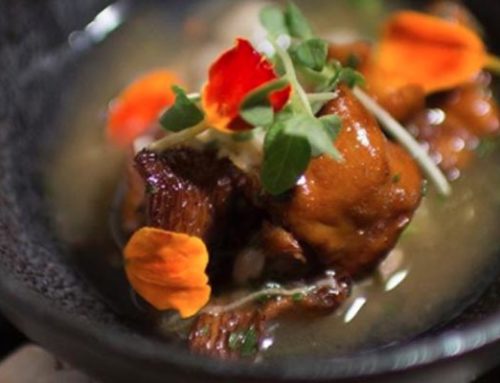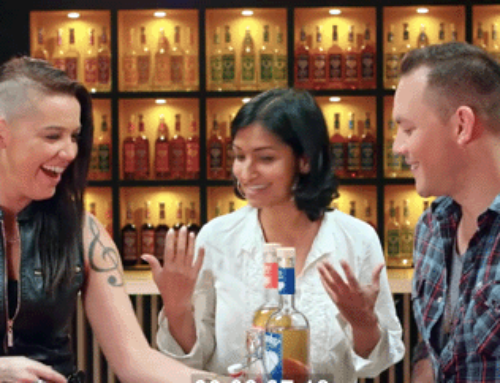What Are Chef-Driven Spirits & Why Do They Taste So Much More Flavorful?
by Melkon Khosrovian
The Standard Approach
Many distillers have a habit of building their spirits from the top down, starting with aroma. Like perfumers, they’ll imagine an evocative scent and associated flavor, write a brief and call up one of the flavor & fragrance companies to cook it up. These behind-the-scenes companies, which make almost all of the smells and tastes of popular spirits, then reach into their bag of compounds to create the signature profiles of everything from flavored vodkas, whiskeys and rums to liqueurs and bitters. The distillers then add the magic potion into their alcohol, stir and bottle. Voila — couldn’t be easier!
The problem with this approach is that while the spirits can smell OK, the flavors tend to come across as one dimensional. Worse, there’s an undercurrent of fakeness to them — citrusy flavors tend to veer toward cleaning products and anything berry like carreens towards cough syrup. The reason is that flavor & fragrance companies use a minimal number of ingredients — read, molecules. While this may work fine for smells, as our noses need fewer indicators to tell an orange apart from a grapefruit, our palates are used to tasting lots more flavors and can easily tell real from fake.
Why would distillers make spirits this way? Why not just use actual, whole ingredients? This alternative chef-driven approach, building spirits from the bottom up with real food, has…let’s say…some challenges. Mainly, it’s time consuming, expensive and tricky to get right every time.
Chef-Driven Spirits

“At Greenbar Distillery we make spirits from a chef’s perspective (rather than a distiller’s). Like chefs, we focus on flavor first, sourcing fresh ingredients locally and using only whole ingredients (combined in original ways) to create spirits you can’t find anywhere else.” Litty & Melkon, Greenbar Distillery Founders
Knowing next to nothing about making spirits, I adopted this bottom-up approach to making spirits by watching my wife, Litty, cook. Starting in early 2002, I began to make complex infusions using alcohol as my medium for extracting flavor and aroma from whole ingredients instead of water, oil and heat, as she did.
The results were deeply rich flavors that tasted like real food instead of a collection of chemicals. It took a lot of work, patience and expensive ingredients but we were doing it for ourselves and our friends, so the effort was worth it.
Today, we continue to build all our complex chef-driven spirits using this approach. We’ve had to invent, adopt or modify some unique processes for our distillery to produce flavorful alcohol in this way and no matter how much we improve our systems, it is laborious process.
Every batch of our TRU Lemon vodka, for example, requires us to hand-zest more than 2,000 organic California-grown lemons to separate the zingy yellow zest from the bitter white pith. Our FRUITLAB Ginger liqueur goes through an even more time-consuming treatment, getting infused, re-distilled and then re-infused with fresh, dried and candied ginger, along with fresh lemon zest, to capture the proper balance of flavor and aroma.
At Greenbar Distillery, we strive to make spirits that give customers this kind of continuous sensory experience, one that moves from olfactory receptors to your taste buds and back again. As good as they taste straight, they downright sing in cocktails — giving simple drinks the same complexity and depth normally only found in complicated cocktails.
Try our organic chef-driven spirits and tell us what you think.
.







